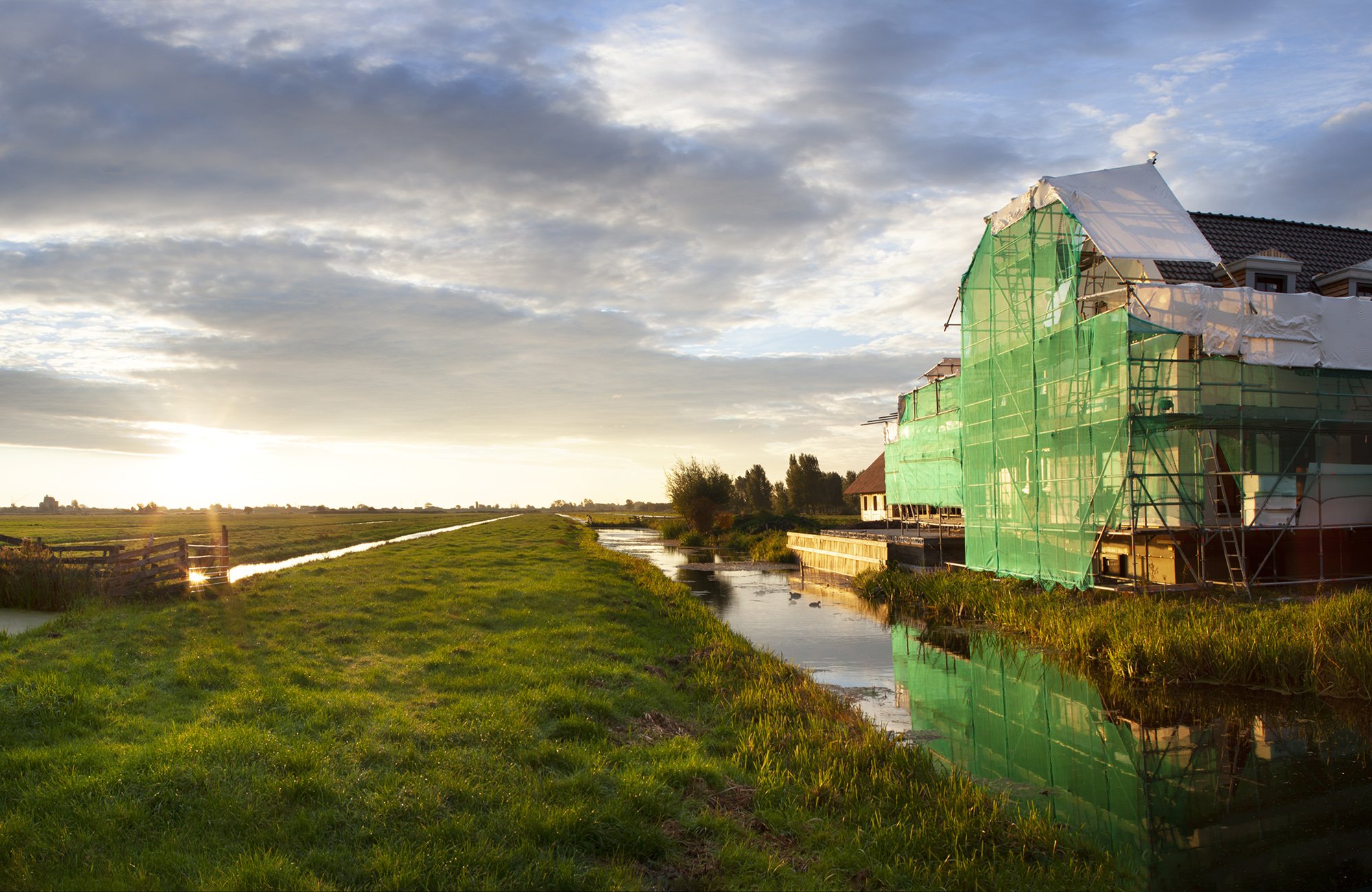European policy
The daily efforts of NMD Foundation and other public and private parties for sustainable construction happen in the context of a much larger playing field. The European context is explained here through key policy developments and fields. The EU and all member states signed the Paris Climate Agreement in 2015, setting the ambitious goal of making the EU climate neutral by 2050 at the latest. To also translate this goal into actions, a blueprint and roadmap was drawn up: The European Green Deal.

The European Green Deal
The European Green Deal contains both legislative and non-legislative initiatives that contribute to meeting climate goals. These cover industry, transport and mobility, energy and finance.
The European Climate Act is at the heart of this Deal, laying down the ambitions in legislation.
Besides the overarching goal of the EU being climate neutral by 2050, the law also sets intermediate targets, for example that by 2030, EU greenhouse gas emissions are reduced by 55% compared to 1990.
Fit for 55
To bring the framework for European climate policy in line with these new goals, the European Commission presented a package of 17 new and updated legislative proposals in 2021 under the title Fit for 55. The European regulations and directives are in the fields of nature, industry, energy and aviation and shipping. Each of these has its own timetable and dynamics for implementation and entry into force.
Circular Action Plan
To accelerate the transformational change called for by the European Green Deal, the new Circular Action Plan was submitted in 2022. It builds on the circular economy measures taken since 2015. The plan sets out a series of initiatives to roll out a product policy framework that makes sustainable products, services and business models the norm and avoids waste generation. Among other things, this plan refers to the use of LEVEL(S).
LEVEL(S) The European framework for sustainable buildings
This is a list, compiled by the European Union, of common indicators defining the lifecycle environmental performance of buildings. This provides a common language for assessing and reporting on sustainability performance of buildings.
Promoting Green Public Procurement
The Green Public Procurement (GPP) Communication states that public procurement can influence production and consumption trends and that public authorities can open or expand markets for environmentally-friendly products and services by demanding ‘greener’ goods. This stimulates companies to develop environmentally-friendly technologies. Green Public Procurement is defined as ‘a process whereby public authorities seek to procure goods, services and works with a reduced environmental impact throughout their life cycle when compared to goods, services and works with the same primary function that would otherwise be procured’.
GPP is a voluntary instrument, which means that member states and public authorities can decide the extent to which they implement this. European Green Public Procurement criteria are available for the design, construction and maintenance of such things as:
Procurement themes and criteria used by the national government can be found on the PIANOo website
Relevant product groups for this area are:
Read more:
Subscribe to our Newsletter
Sign up for our newsletter and receive monthly updates on sustainable construction, environmental performance, environmental data, policy, and other relevant news from the Dutch Environmental Database Foundation.
